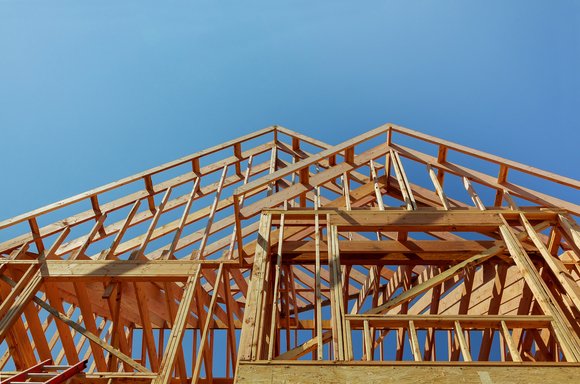Capacity constraints are building up in the construction sector
Christina Leung, Principal Economist and Head of the Auckland Office, NZIER
Strong construction demand has led to a strong recovery in the New Zealand economy over the past year. Although the latest COVID-19 community outbreak saw the construction sector down tools as New Zealand went into lockdown, the pipeline of construction work is solid for the coming year. Demand for residential construction is robust, with the annual number of dwelling consents issued totally over 45,000 for the year to July 2021.
The pipeline of other construction work is also solid. The New Zealand Infrastructure Commission has estimated the infrastructure deficit in New Zealand at over $75 billion[1] – this reflects its assessment of new and upgrade of infrastructure, which is overdue. The infrastructure pipeline is ramping up, with the New Zealand Infrastructure Commission reporting an increase in the infrastructure pipeline from $6.1 billion of projects in 2019 to $61 billion in 2021. Much of this infrastructure spending is planned for the next two years. While infrastructure spending is strong across the regions, spending in Auckland is particularly high at almost $17,500 per person.[2]
Labour shortages and supply chain disruptions drive capacity pressures
Against this backdrop of solid demand, there are signs of capacity pressures in the construction sector intensifying. Border restrictions are exacerbating labour shortages, with firms unable to hire workers from overseas to keep up with demand. These labour shortages are expected to persist, given border restrictions are expected to remain in place in some form into 2022 and the time required to train the domestic workforce.
Domestically, containment measures and restrictions have reduced firms’ operating capacity in the near term, affecting the whole building supply chain. Meanwhile, firms are finding it even more difficult to source building materials given continued COVID-related supply chain disruptions. COVID-19 is also impacting the global supply chain, with congestion at ports worldwide driving up shipping costs and strong demand for containers and container ships, causing capacity constraints.
Pressures are leading to a sharp rise in construction costs
These supply constraints have driven a sharp increase in costs for building sector firms. However, strong construction demand has meant firms have found it easier to pass on higher costs by raising prices. The combination of strong demand and supply constraints has driven an acceleration in construction cost escalation, with annual residential construction cost inflation lifting to 6.9 percent for the year to June – well above the 3.1 percent inflation seen a year ago.
Outlook for the sector remains positive
The property and construction sector’s longer-term outlook remains positive despite the uncertainty in the long tail in the latest COVID-19 community outbreak. However, there are some headwinds. Beyond the short-term disruption from lockdowns and social distancing restrictions, supply constraints will likely hamper the degree to which construction activity can ramp up despite strong demand. Strong construction cost inflation may also see some construction projects put on hold as they no longer become financially feasible.
[1] New Zealand Infrastructure Strategy Consultation Document: He Tūāpapa ki te ora https://www.tewaihanga.govt.nz/assets/Uploads/Infrastructure_Future_Forum_TeWaihanga_Presentation.pdf
[2] https://www.tewaihanga.govt.nz/assets/Infrastructure-Quarterly/TeWaihanga_InfrastructureQuarterly.pdf



